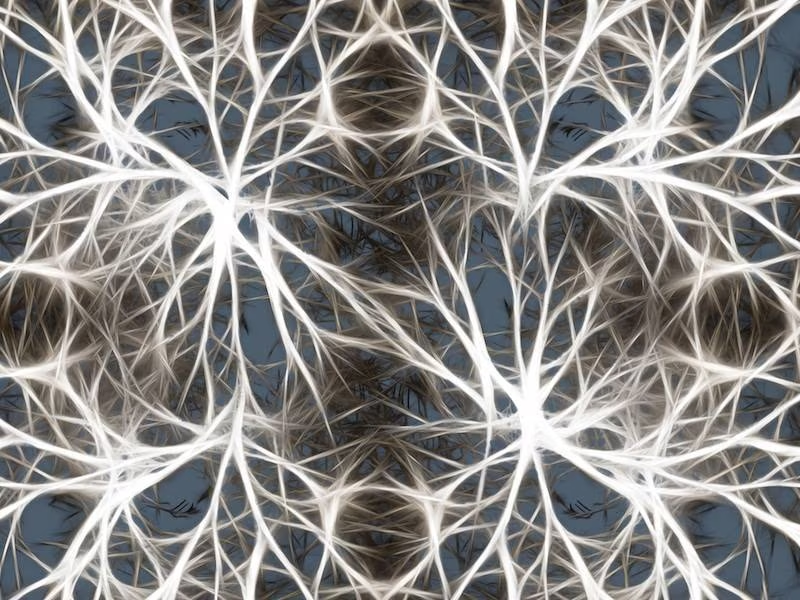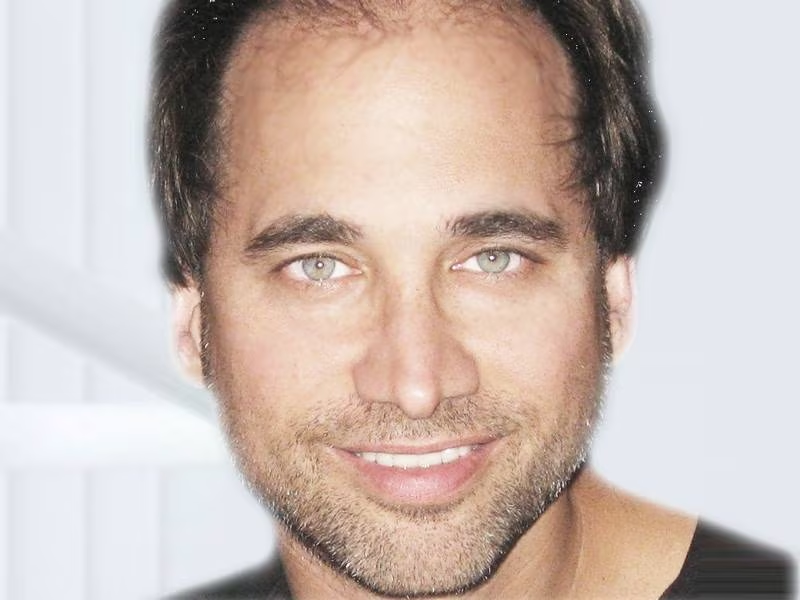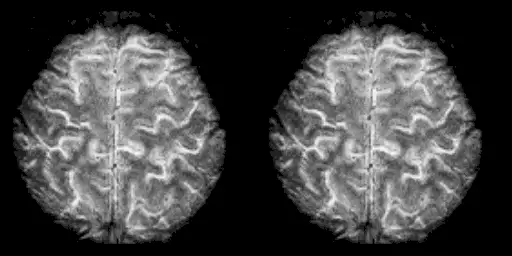Brain regeneration and ReAnima Project: Bioquark interview

Neurons. ©ReAnima
Cinema and TV series often propose as main characters “living cadavers”, even known as zombies, or superheroes able to regenerate any part of their body .
But if this eventuality would be really possible?
Close-up Engineering interviewed Bioquark Inc., the American company that deals with research, study and implementation of biologics targeted to cell regeneration and the real cure of diseases that, until now, can only be soothed, such as Parkinson or Alzheimer.

PH: ©Reanima
WHAT’S BIOQUARK?
As the CEO Ira S. Pastor said:
“Bioquark Inc is an American company founded in 2007, located in Philadelphia, Pennsylvania, and funded by entrepreneurs of the Eastern United States”.
The company is involved in research and implementation of biological drugs with properties of endogenous regeneration and repair of tissues. Exactly, it introduces the concept of epimorphism.
Epimorphism, or epimorphic regeneration, consists in the ability to literally regrow part of a fabric starting from an
“undifferentiated” and causing it to proliferate until reaching the right size; that is, explains Ira, that “the cells may be able to cancel their previous history to become the missing piece”.
“The research program is carried out within the Bioquark” continues to explain Ira “and it is focused on the study of the genome of living beings that have the ability to repair and regenerate entire sections of the brain and brain stem, starting even from serious trauma. We are talking about amphibians, reptiles, fish and small mammals“.

©Bioquark
In particular, amphibians are animals with high capacity for regeneration: in fact can revive not only arts, but also spine, liver and parts of the brain.
Even in humans and mammals they have occurred tissue reconstruction phenomena, even if in a more limited form, although recent medical advances have achieved positive results in the regenerative response of the central nervous system.
Methods for testing in order to cope with neurological diseases also include the use of stem cells, but they haven’t yet yielded the expected results, due to many causes such as poor efficiency of transplantation, pathogenic or not enough immune activity.
The aim of the study was to have as ultimate goal the ability to initiate a regenerative response directly from the patient, using its own cells.
For this purpose has been studied as an animal model, the zebrafish, known for its well-known ability to regenerate all parts of the brain.
The results obtained can be of great assistance in understanding the “molecular programs” that stem cells and progenitor follow in order to reconstruct the lost neurons and understand how to study the biology of the central nervous system of vertebrates.
Both in humans and other living beings there is a particular feature of the nervous system: the memory.
We can imagine the brain as a computer: before you change “parts” of a PC you have to save all the information needed in an external memory in order not to lose them.
But “what are the dynamics of memory in the regeneration of the brain?”, Or what happens in small mammals that are able to regenerate brain tissue?
The answer to this argument is still unknown, but it has been hypothesized that there is a more strong structure of the brain that acts as a “backup” storage medium during regeneration.
As already said, the ultimate goal of this research will be to create the possibility of inducing the same tissues in situ, using combinations of soluble molecules and/or regeneration models, although applicants questions on “when it will be possible to regrow a limb” lead vague answers and they do not offer a definite answer.
The cause for which frogs, birds and most mammals are devoid of this capacity could involve the immune system, the loss of regenerators genes or the ability to create inhibitors for regeneration, but everything is still in the research stage and deepening.
THE REANIMA PROJECT
Recently in the Bioquark family was born the ReAnima Project, which involves many experts in medicine and technology, whose common goal is the research on neural and vascular regeneration of subjects in condition of “brain death”.
Brain death is defined by the Uniform Determination of Death Act (UDDA) -a law passed in the US in 1981 and adopted by most of the country to “establish comprehensive bases and medical mold for the determination of death in any situation” – and is understood as a complete and irreversible loss of brain function (including involuntary activities).
This definition is used to determine a patient clinically and legally dead, although these inconsistencies: in fact, some parts of the brain can continue to live while others die.
“I always believed that scientific progress happened in a very linear narrative, with each new discovery supporting the next, resulting ultimately in an eventual stairway of scientific enlightenment”
– Ira S. Pastor
“To undertake such a complex initiative” explains Ira “we are combining biologic regenerative medicine tools (Bioquark’s reprogramming biologics as well as autologous stem cells), with other existing medical devices typically used for stimulation of the CNS in patients with other severe disorders of consciousness (coma/PVS) such as median nerve stimulation and transcranial IV laser.”

©Bioquark
After the IRB approval (Institutional Review Board – an ethical resolution, designated for the approval and monitoring of research involving human beings)for the first
20 subjects of the company “We hope to begin recruiting patients as possible with this first site” tells us the same
Ira “we are working with hospitals to identify families where there is a religious or medical obstacle to organ donation, which can be considered as an alternative this project as a pure search for scientific progress.”

©Bioquark
“In the near future” always keeps the managing director, “we hope to complete all projects and to publish important results and significant (in the next 2-3 months), which give way to a second research protocol, which will aim the real cure of neurodegenerative conditions and often fatal diseases, such as coma, Alzheimer’s, Parkinson’s, ALS, MS, and more.“
Trying to go beyond the true meaning of irreversibility, whose definition given by Harvard has been in place since 1968, we must think that we live almost 50 years later and above in a completely different technological age; today we are able to restart with success heartbeat and respiration.
In the US, research on the “living cadaver” has been ongoing for several decades and there have been reports of survivors from brain death, especially in young subjects.
We enclose the Publications link supplied to us by the same Ira, who commented these episodes asserting that “in this field of study is not black or white, but with the suitable technologies is a road that must be tread.”
http://www.ncbi.nlm.nih.gov/pubmed/19818943
http://www.ncbi.nlm.nih.gov/pubmed/20492393
http://jnnp.bmj.com/content/35/1/103.abstract
http://www.ncbi.nlm.nih.gov/pubmed/7651788
In collaboration with Raffaele Salvemini
